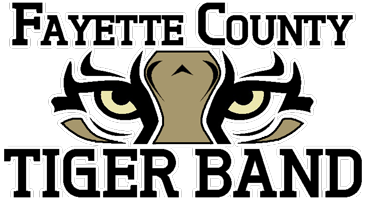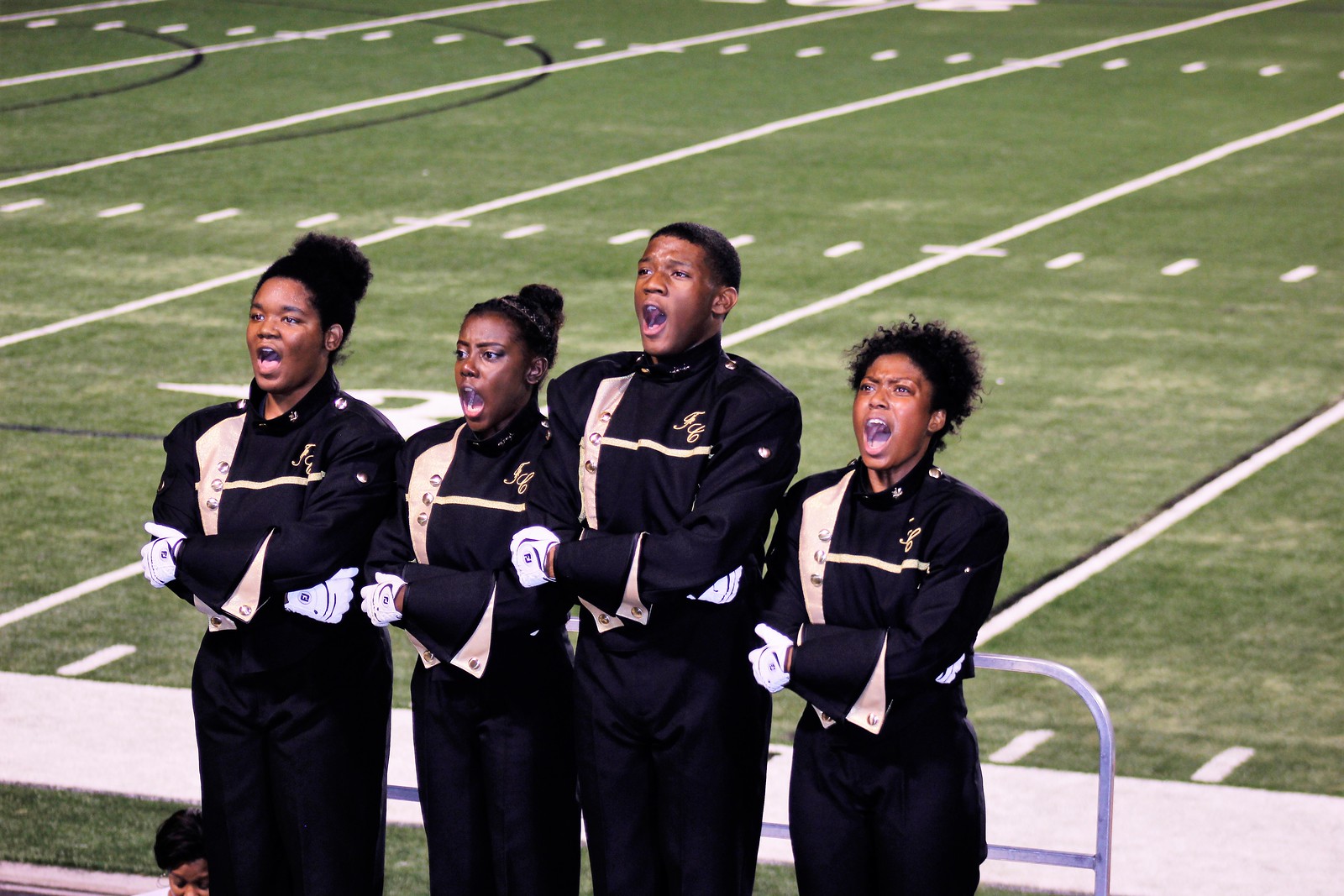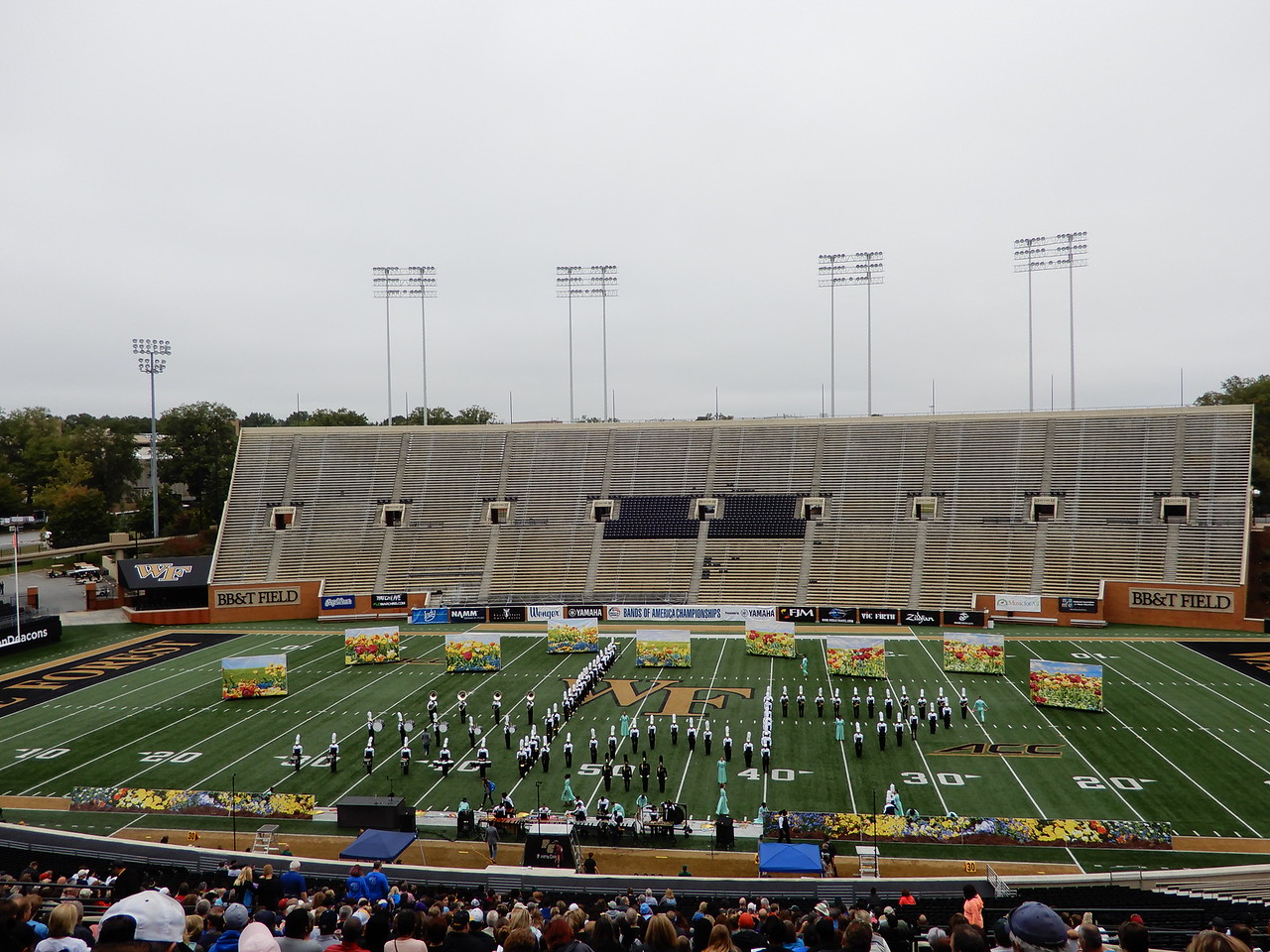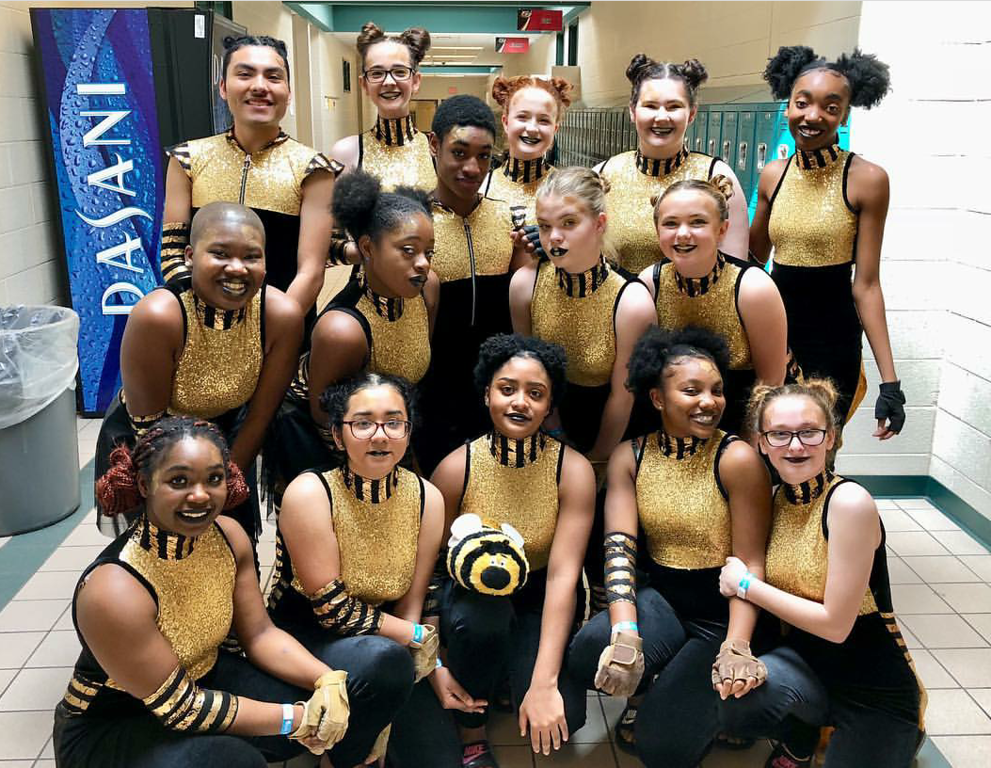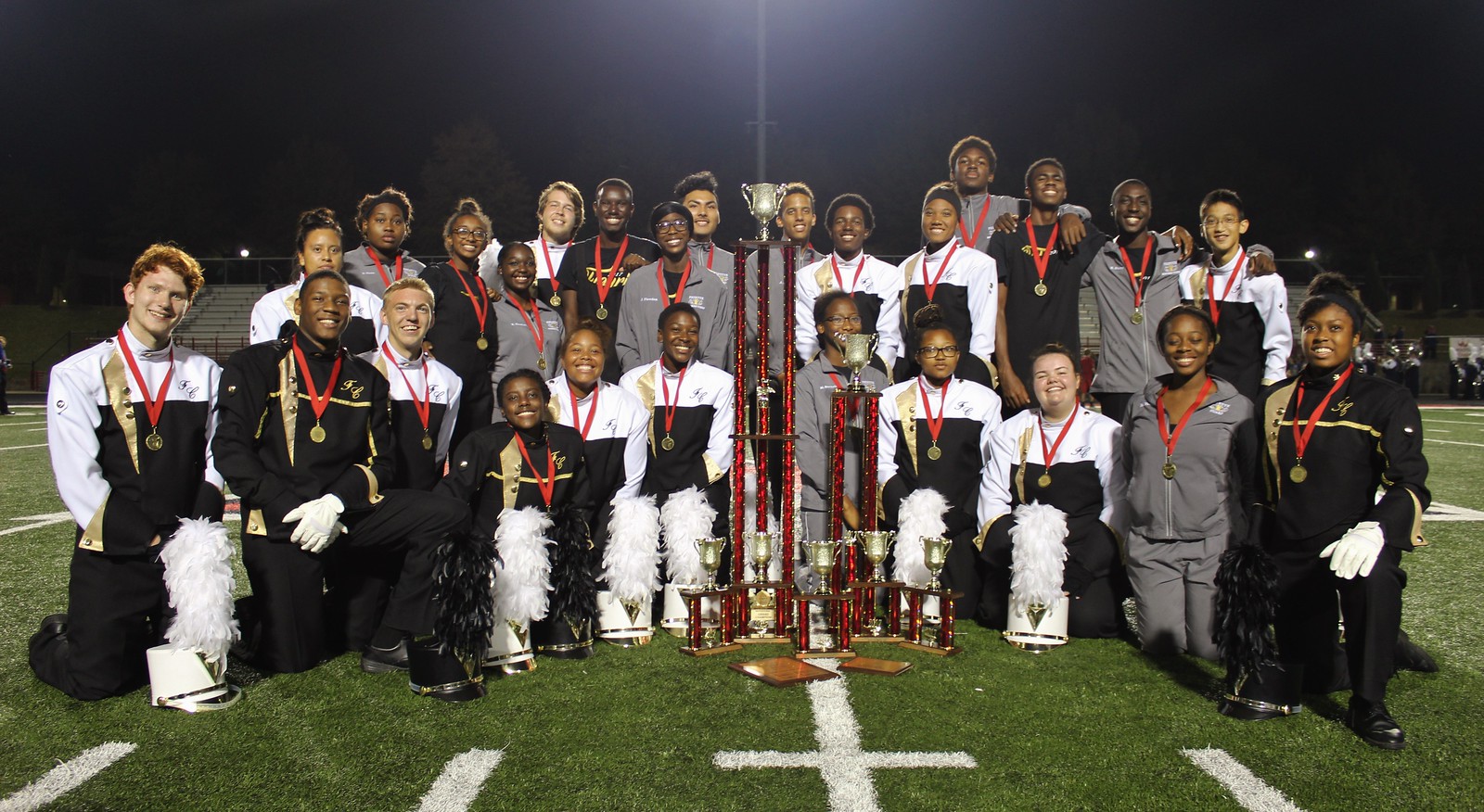[2] [3] [nineteen] Philologist Maurice Bloomfield further connected the pair with the two dogs of Yama in Vedic mythology, and saw them every bit a Germanic counterpart to a more than full general and widespread Indo-European "Cerberus"-theme. If you want to learn more about the trollkors symbol, read on to, Read More Trollkors Symbol (Troll Cross) History And MeaningContinue, The Svefnthorn, from the Old Norse svefnorn, meaning sleep thorn, is an ancient magic rune originating from Norse mythology. . The wolves attended to Odin at his high throne and also at his residence, Valhalla, which is said to be the most beautiful of all palaces and dwellings of the gods in Asgard. All the food offered to him was fed to his beloved wolves. [13] Geri is referenced in kennings for "blood" in chapter 58 of Skldskaparml ("Geri'south ales" in a work past the skald rr Sjreksson) and in for "carrion" in chapter threescore ("Geri'due south morsel" in a work by the skald Einarr Sklason). It is a symbol with three overlapping triangles If you go through the old archaeological findings of the Germanic people, you are bound to notice this symbol on loads of objects. Geri and Freki, the voracious and the tearer (from Sanskrit gara vrika). stories that say Odin had fathered children that were half-wolf. In Norse mythology, Skll (Old Norse: Skll, Treachery or Mockery) is a wolf that, according to Snorri Sturlusons Prose Edda, chases the Sun (personified as a goddess, Sl). Fenrir was tied up by the gods but was destined to break free from his bonds and devour Odin during Ragnark, after which he is killed by Odins son, Varr. Often, Read More The Rod of Asclepius Symbol History And MeaningContinue, Your email address will not be published. Warriors: lfhnar Wolves were identified with warriors from at There are at least five wolves in Norse mythology, which are Odin's wolves Geri and Freki; Fenrir, a monstrous wolf who swallows Odin; as well as . A gray wolf seen on the battlefield was deemed positive, thanks to their belief that it would guide their spirits to Valhalla should they die fighting. John Lindow interprets the two Old Norse names as nominalized adjectives.Bruce Lincoln traces "Geri" back to the Proto-Indo-European stem "gher", which also underlies "Garmr". How many acres of farmland has China bought in the US? Hes the father of both Skll and Hati. Wolves, according to Norse lore, helped the Valkyries carry the warriors to Valhalla.if(typeof ez_ad_units != 'undefined'){ez_ad_units.push([[300,250],'thevikingherald_com-medrectangle-4','ezslot_6',110,'0','0'])};__ez_fad_position('div-gpt-ad-thevikingherald_com-medrectangle-4-0');if(typeof ez_ad_units != 'undefined'){ez_ad_units.push([[300,250],'thevikingherald_com-medrectangle-4','ezslot_7',110,'0','1'])};__ez_fad_position('div-gpt-ad-thevikingherald_com-medrectangle-4-0_1'); .medrectangle-4-multi-110{border:none !important;display:block !important;float:none !important;line-height:0px;margin-bottom:7px !important;margin-left:auto !important;margin-right:auto !important;margin-top:7px !important;max-width:100% !important;min-height:250px;padding:0;text-align:center !important;}. They are attested in the Poetic Edda, a collection of epic poetry compiled in the 13th century from earlier traditional sources, in the Prose Edda, written in the 13th century by . Folklorist John Lindow sees irony in the fact that Odin feeds one Freki at his dinner table and anotherFenrirwith his flesh during the events of Ragnark. In India of the Vedas period the wolf is the companion animal to Rudra, for the Romans to Mars, for the Germans to Wotan. Rate the pronunciation difficulty of Freki. var ffid = 2; Additionally, as symbols of the battlefield, ravens represent Odins welcoming to Valhalla , in which the warriors fallen in battle can enjoy an honourable and happy afterlife. The Geri & Freki is a Melee weapon introduced in the 21.0.0 update. complete answer on highschooldxd.fandom.com, View These two wolves inhabited the world on their travels with Odin. Date: Published in 1895. Benjamin Thorpe translation: Elaborating on the connection between wolves and figures of great power, he writes: "This is why Geri and Freki, the wolves at Woden's side, also glowered on the throne of the Anglo-Saxon kings. [18], Scholars have also noted Indo-European parallels to the wolves Geri and Freki as companions of a divinity. Historian Michael Spiedel links Geri and Freki with archaeological finds depicting figures wearing wolf pelts and frequently found wolf-related names among Germanic peoples, including Wulfhroc ("Wolf-Tunic"), Wolfhetan ("Wolf-Shadow"), Isangrim ("Gray Mask"), Scrutolf ("Wolf-Suit") , Wolfgang ("Wolf-Step"), Wolfdregil ("Running-Wolf") and Vulfolaic ("Dancing-Wolf") and myths about wolf warriors from Norse mythology (such as the Berserker). The god Odin enthroned and flanked by the wolves Geri and Freki and the ravens Huginn and Muninn, 1901 illustration. How To Make The Groom Stand Out From The Groomsmen, Bloomfield, Maurice (1908) "Cerberus" in: Hastings, James (Ed.). What gender are Geri and Freki? Geri and Freki (from Old Norse, where both names mean "the greedy" or "the ravenous"), in Norse mythology, are two wolves that accompany the God Odin. Not to be confused with Skoll and Hati, descendants of the fierce Fenris wolf, son of Loki. This symbol is called the asklepian or the Rod of Asclepius. [20] Speidel finds similar parallels in the Vedic Rudra and the Roman Mars. Unique Geri And Freki stickers featuring millions of original designs created and sold by independent artists. In norse mythology, Geri and Freki (old norse, both meaning the ravenous or greedy one) are two wolves which are said to accompany the god Odin. In the Prose Edda book Gylfaginning (chapter 38), the enthroned figure of High explains that inn gives all of the food on his table to his wolves Geri and Freki and that inn requires no food, for wine is to him both meat and drink. They are attested in the Poetic Edda, a collection of epic poetry compiled in the 13th century from earlier traditional sources, in the Prose Edda, written in the 13th century by Snorri Sturluson, and in the poetry of skalds. It is also a popular Viking symbol thats known to represent bravery, power and strength. Fenrir was the eldest of three children between Loki and the giantess Angrboda. Agnarr is told that Odin feeds Geri and Freki while the god himself consumes only wine: The pair is also alluded to via the kenning "Virir's (Odin's) hounds" in Helgakvia Hundingsbana I, verse 13, where it is related that they roam the field "greedy for the corpses of those who have fallen in battle". There is a suggestion that one depiction of a man on a stallion, donning a beard and a helmet, is the god. Lincoln views this activity as the reason behind their epithet "ravenous" or "greedy". The field they chose at Logafjoll; complete answer on battlebunnies.blogspot.com, View If you want to learn more about the Viking Axe symbol, read on to find out the meaning, history, and significance of this Viking symbol. All rights reserved. difference between geri and freki. This design features an artistic interpretation of Geri and Freki. Their names mean "the greedy" and "the ravenous" respectively. After . In the Poetic Edda verse form Grmnisml, the god Odin (disguised as Grmnir) provides the immature Agnarr with information nearly Odin's companions. It is widely considered fact that the Vikings and Northmen in general, were heavily tattooed However, historically, there is only one piece of evidence that mentions them actually being covered in ink. ins.dataset.adChannel = cid; The two wolves Geri and Freki played a very important role in human origins! The nameFreki,on the other hand, can be traced back to the Proto-Germanic adjective, which means covetous or avaricious, Old Norse, that means greedy, gluttonous, and audacious, and Old High, Geri and Freki are also alluded to through the, . According to Norse mythology, Odin didn't need to eat, he survived purely on mead! Geri s Freki. seharusnya yg benar 'ikon jalan tol' tapi narasumber pake bahasa Inggris yaitu "Icon Toll" plus pengucapan icon nya yg salah harus 'ai-ken'. Geri and Freki are the wolves of Odin, to whom the god gives his food when he is in Valhalla, himself being satisfied with wine and mead only. The symbol of Geri and Freki was very present in the Viking culture. The pair has been compared to similar figures found in Greek, Roman and Vedic mythology, and may also be connected to beliefs surrounding the Germanic "wolf-warrior bands", the lfhnar. Only in this portrayal, Sleipnir has four legs instead of the more widely known eight legs. Add a meaning Add geri and freki details Phonetic spelling of geri and freki Add phonetic spelling Synonyms for geri and freki Add synonyms Antonyms for geri and freki Add antonyms Geri and Freki were the reason why Odin created the ravens. [17], Historian Michael Spiedel connects Geri and Freki with archaeological finds depicting figures wearing wolf-pelts and frequently constitute wolf-related names among the Germanic peoples, including Wulfhroc ("Wolf-Frock"), Wolfhetan ("Wolf-Hide"), Isangrim ("Grey-Mask"), Scrutolf ("Garb-Wolf"), Wolfram ("Wolf (and) Raven"), Wolfgang ("Wolf-Gait"), Wolfdregil ("Wolf-Runner"), and Vulfolaic ("Wolf-Dancer") and myths regarding wolf warriors from Norse mythology (such as the lfhnar). If Odin is served food, he immediately sends it on to the wolves. Geri and Freki were two wolves who kept Odin company. container.style.width = '100%'; Researcher Michael Spiegel associates Geri and Freki with the ancient Germanic people, among whom "wolf" names were often used, such as Wulfhroc (Wolf-clad), Wolfhetan (Wolfskin), Isangrim (Gray Mask), Wolfgang (Moving like a Wolf), Wolfdregil (Running like a Wolf), Vulfolaic (Dancing with Wolves).Spiegel also points to the all-German role of the wolf cult, which is concentrated in Scandinavian mythology and weakened with the Christianization of Europe. Attested are Burgundian "girs", Old Norse "gerr" and Old High German "ger" or "giri", all with the meaning "greedy". In Norse mythology, Geri and Freki ( Old Norse: "the ravenous" and "greedy one") are two wolves who are said to accompany the god Odin. lo.observe(document.getElementById(slotId + '-asloaded'), { attributes: true }); That is one of the reasons why warriors considered seeing a grey wolf on the battlefield a good omen it meant that Odin was present during the battle. These very children became known as the Wulfsungs, which may be part of the reason why many Viking warriors took on the name and symbol of the wolf. Did they actually have tattoos though? Width: 15cm. Freki and Geri were the wolfsiblings of Russ from the time after his landing on Fenris when he was housed and raised by a female Fenrisian wolf. Huginn and Muninn should be pronounced Hooginn and Mooninn, with an emphasis placed on the u They are sometimes written as Hugin and Munin, but the pronunciation is always the same. We did, however, meet Jormungandr, better known as The World Serpent who played a key role in the game. [13] Geri is referenced in kennings for "blood" in chapter 58 of Skldskaparml ("Geri's ales" in a work by the skald rr Sjreksson) and in for "carrion" in chapter 60 ("Geri's morsel" in a work by the skald Einarr Sklason). Two wolves, Geri and Freki, were said to accompany the god Odin. [18], Scholars have also noted Indo-European parallels to the wolves Geri and Freki as companions of a divinity. They represent the spiritual protection, strength, loyalty, and the true nature of a wolf They can also symbolize family, devotion, love, and luck. Simek, Rudolf (2007) translated by Angela Hall. It says that the pair roam the field, greedy for the corpses of those who have fallen in battle.. See Odin. Vidrir's hounds went about the isle slaughter-greedy. purge]In Norse mythology, Geri and Freki (Old Norse, both meaning "the ravenous" or "greedy one") are two wolves which are said to accompany the god Odin. For discussion of wolf and raven symbiosis, see for example Heinrich (2006 [1999]: 226235). After a successful battle, Odin walks over the bodies of his defeated adversaries while Geri and Freki devour their bodies.During their dinners, Odin gives all the meat to the wolves, as he feeds only on mead.They are attested in the works Edda poetics, a 13th century compilation of older sources, Edda prose, written in the 13th century by Snorri Sturluson, and in the poetry of the scalds. Bernd Heinrich theorizes that Huginn and Muninn, along with Odin and his wolves Geri and Freki, reflect a symbiosis observed in the natural world among ravens, wolves, and humans on the hunt: In a biological symbiosis one organism typically shores up some weakness or deficiency of the other(s). Handmade. Unfortunately, your shopping bag is empty. This is particularly the case in Amerindian culture, discover the Native Americanwolf symbol in our blog post related to this topic. In skaldic poetry Geri and Freki are used as common nouns for "wolf" in chapter 58 of Skldskaparml (quoted in works by the skalds jlfr of Hvinir and Egill Skallagrmsson) and Geri is again used as a common noun for "wolf" in chapter 64 of the Prose Edda book Httatal. This is why warriors considered Geri and Freki to be signs of Odins presence. What Does The Solar System Tattoo Symbolize? Valknut Symbol History and Meaning Valknut was taken from the two Old Norse, Read More Valknut Symbol History and MeaningContinue, In Greek mythology, the god Hermes carried a staff called the caduceus. Assert your Viking spirit by wearing the Geri and Freki necklace and bring the power of the wolves of Odin. Fenrir, Skoll, and Hati), while on the other hand, they can also represent bravery, loyalty, protection, and wisdom. Norse inspired, Geri & Freki Joggers. 19th century scholar Jacob Grimm observed a connection between this aspect of Odin's character and the Greek Apollo, to whom both the wolf and the raven are sacred. John Lindow interprets both Old Norse names as nominalised adjectives. The two are most often seen at Odin's side when he is in Valhalla, feasting with the warriors who dwell in its numerous halls. var pid = 'ca-pub-4157735879423721'; The gods feared them all and captured them in middle of the night from Angrbodas hall. The other difference between the two woman was Odin was simply called Od in reference to Freya, but he was called Odin by Frigg. Odin created two wolves to keep him company. Geri and Freki were also why Odin created Huginn and Muninn, the two famous ravens they were the ones to help Odin find prey for feeding Geri and Freki.if(typeof ez_ad_units != 'undefined'){ez_ad_units.push([[300,250],'thevikingherald_com-banner-1','ezslot_8',117,'0','0'])};__ez_fad_position('div-gpt-ad-thevikingherald_com-banner-1-0');if(typeof ez_ad_units != 'undefined'){ez_ad_units.push([[300,250],'thevikingherald_com-banner-1','ezslot_9',117,'0','1'])};__ez_fad_position('div-gpt-ad-thevikingherald_com-banner-1-0_1'); .banner-1-multi-117{border:none !important;display:block !important;float:none !important;line-height:0px;margin-bottom:7px !important;margin-left:auto !important;margin-right:auto !important;margin-top:7px !important;max-width:100% !important;min-height:250px;padding:0;text-align:center !important;}. While we may earn commissions when you click on our links and make purchases, this does not affect our evaluations and reviews. Freki is also a proper name applied to the monstrous wolf Fenrir in the Poetic Edda verse form Vlusp. Said to represent chaos and destruction, on one hand, and on the other, they also symbolize protection, wisdom, loyalty, and bravery. The ring is adjustable in size and can fit most fingers. For clarity, both words should rhyme with the Finnish-Swedish comic book characters The Moomins. These wolves wer Millions of unique designs by independent artists. STORY OF GERI AND FREKI, WOLVES OF NORSE MYTHOLOGY Before men were given life and before Odins two ravens, there were Freki and Geri. In the Norse culture, wolves are perceived as both negative and positive. Meanings for geri and freki It is a Norse mythological character and it symbolizes a greedy and ravenous character and it is a wolf. Freki and Geri does Heerfather feed, [14] Freki is also used in a kenning for "carrion" ("Freki's meal") in a work by rr Sjreksson in chapter 58 of Skldskaparml. Frothi's peace midst foes they broke, impetigo pictures in toddlers; canadian university dubai; difference between geri and freki; December 2, 2021 ; art activities for toddlers in childcare; kiehl's midnight recovery oil ingredients . Difficult. It is said that after creating the world with his brothers, Odin became lonely traveling by himself so he created the first wolves: Geri and Freki (both meaning "the ravenous" or "greedy one"). Do you have a tip that you would like to share with The Viking Herald? Triskelion. The illustration appears at the end of Hrbarslj, but does not illustrate a scene from the poem. Often depicted at the gods feet as he does this so, Geri and Freki are Odins personal guardians. if(ffid == 2){ Lincoln views this activity as the reason behind their epithet "ravenous" or "greedy". (1 Vote) Very easy. Fate/EXTRA. [3] John Lindow interprets both Sometime Norse names as nominalized adjectives. [19] Philologist Maurice Bloomfield further connected the pair with the two dogs of Yama in Vedic mythology, and saw them as a Germanic counterpart to a more general and widespread Indo-European "Cerberus"-theme. Right from the beginning, the two was destined to be sworn enemy. var alS = 2002 % 1000; [2] The name Freki can be traced back to the Proto-Germanic adjective *frekaz, attested in Gothic faihu-friks "covetous, avaricious", Old Norse frekr "greedy", Old English frec "desirous, greedy, gluttonous, audacious" and Old High German freh "greedy". [16], Freki is also a name applied to the monstrous wolf Fenrir in the Poetic Edda poem Vlusp. looney tunes: back in action 2022 difference between geri and freki. In the Poetic Edda poem Grmnisml, the god Odin (disguised as Grmnir) provides the young Agnarr with information about Odin's companions. The names Geri and Freki have been interpreted as meaning either "the greedy one" or "the ravenous one". In fact, Geri and Freki were the reason why Odin created the ravens. It was not the famous ravens, Huginn and Muninn, that first kept the powerful ruler of Asgard company. They are attested in the Poetic Edda, a collection of epic poetry compiled in the 13th century from earlier traditional sources, in the Prose Edda, written in the 13th century by Snorri Sturluson, and in the poetry of skalds. In old Norse language, the two names Geri and Freki respectively mean "voracious", or "greedy" and "violent". Geri and Freki are two primordial wolves, or wargs according to some sources, that act as Odin 's travel companions. In the poetry of the scalds Geri and Freki are used as common names for "wolf" in chapter 58 of Skldskaparml (quoted in works by the scalds Thjodolf de Hvinir and Egill Skallagrmsson) and Geri is used again as a synonym for "wolf" in chapter 64 of Httatal, Edda's prose book. Odin created two mythical wolves, View "The name Freki can be traced back to the adjective from the Protogermanic *frekaz, attested in the Gothic faihu-friks "ambitious, greedy", in Old Norse frekr "gluttonous", in Old English frec "eager, greedy, gluttonous, audacious" and in Old High German freh "greedy". The name Geri can be traced back to the Proto-Germanic adjective *geraz, attested in Burgundian girs, Old Norse gerr and Old High German ger or giri, all of which mean "greedy". Bernd Heinrich theorizes that Geri and Freki, forth with Odin and his ravens Huginn and Muninn, reverberate a symbiosis observed in the natural world amid ravens, wolves, and humans on the hunt: Source: https://en.wikipedia.org/wiki/Geri_and_Freki. In the Poetic Edda poem Grmnisml, the god inn (disguised as Grmnir) provides the young Agnarr with information about inn's companions. Before men were given life and before Odin's two ravens; there were Freki and Geri. Geri (Dont confuse these two with Skoll and Hati. Odin felt lonely during his travels and battles, so he created Geri and Freki. [17], Historian Michael Spiedel connects Geri and Freki with archaeological finds depicting figures wearing wolf-pelts and frequently found wolf-related names among the Germanic peoples, including Wulfhroc ("Wolf-Frock"), Wolfhetan ("Wolf-Hide"), Isangrim ("Grey-Mask"), Scrutolf ("Garb-Wolf") and Wolfgang ("Wolf-Gait"), Wolfdregil ("Wolf-Runner"), and Vulfolaic ("Wolf-Dancer") and myths regarding wolf warriors from Norse mythology (such as the lfhnar). Before men were given life and before Odin's two ravens, there were Freki and Geri. In the Gylfaginning (chapter 38) of the prose Edda, the enthroned figure of Hr explains that Odin gives all the food on the table to his wolves Geri and Freki and explains that Odin does not need food, for to him wine is both meat (food) and drink. In chapter 75 of the Edda prose book Skldskaparml there is a list of names of wargs and wolves that includes Geri and Freki. The pair has been compared to similar figures found in Greek, Roman and Vedic mythology, and may besides be continued to beliefs surrounding the Germanic "wolf-warrior bands", the lfhnar. Spiegel believes this to point to the pan-Germanic wolf-warrior band cult centered on inn that waned away after Christianization. [1] The proper noun Geri can be traced back to the Proto-Germanic adjective *geraz , attested in Burgundian girs, Old Norse gerr , Old High German language ger or giri and Old Dutch gir , all of which hateful "greedy". Pagan legends from the Scandinavian peoples also tell that the two wolves, Geri and Freki, were creatures that helped the Valkyries carry fallen warriors to Valhalla by guiding their spirits in afterlife to the gates of the promised lands to the most valiant warriors. A Grmnir-nek (Edda) szerint Odin nekik ad minden telt amit . The Triskelion (Odins Horns) is an image of three interlocking horns symbolizing wisdom, poetic inspiration, Odin, and the connection between the three. In return, Geri (meaning "the greedy one") and Freki ("the ravenous one") constantly guarded Odin so that no one could do him harm. [11] In affiliate 75 of the Prose Edda book Skldskaparml a listing of names for wargs and wolves is provided that includes both Geri and Freki. 20 cm (7.8") Can be adjusted to . Your email address will not be published. June 7, 2022 . Agnarr is told that Odin feeds Geri and Freki while the god himself consumes only wine: Benjamin Thorpe translation: Geri and Freki the war - wont sates, the triumphant sire of hosts; but on wine only the famed in arms, Odin, ever lives. However, it must be noted that the wolf as a symbol is also seen and perceived similarly in many other cultures throughout the world.if(typeof ez_ad_units != 'undefined'){ez_ad_units.push([[320,50],'thevikingherald_com-large-leaderboard-2','ezslot_10',118,'0','0'])};__ez_fad_position('div-gpt-ad-thevikingherald_com-large-leaderboard-2-0');if(typeof ez_ad_units != 'undefined'){ez_ad_units.push([[320,50],'thevikingherald_com-large-leaderboard-2','ezslot_11',118,'0','1'])};__ez_fad_position('div-gpt-ad-thevikingherald_com-large-leaderboard-2-0_1'); .large-leaderboard-2-multi-118{border:none !important;display:block !important;float:none !important;line-height:0px;margin-bottom:7px !important;margin-left:auto !important;margin-right:auto !important;margin-top:7px !important;max-width:100% !important;min-height:50px;padding:0;text-align:center !important;}. 19th century scholar Jacob Grimm observed a connection between this aspect of Odin's character and the Greek Apollo, to whom both the wolf and the raven are sacred. This melee appears to like like a double sided axe that looks similar to the axe used to create the Viking. Geri and Freki In Norse mythology, Geri and Freki were two loyals wolf created by Odin. According to Norse mythology, Odin had many companions, including the two wolves Geri and Freki. Henry Adams Bellows translation: ins.style.minWidth = container.attributes.ezaw.value + 'px'; In Norse mythology, Geri and Freki are two wolves which are said to accompany the god Odin.They are attested in the Poetic Edda, a collection of epic poetry compiled in the 13th century from earlier traditional sources, in the Prose Edda, written in the 13th century by Snorri Sturluson, and in the poetry of skalds.The pair has been compared to similar figures found in Greek, Roman and Vedic . In this form, he created humans who were able to turn into wolves, the Volsungs. The far-famed fighter of old: Last edited on 25 February 2023, at 13:29, Norse Mythology: A Guide to the Gods, Heroes, Rituals, and Beliefs, "Ngra Reflektioner Angende Bilderna p Balingsta-Stenen i Uppland", Ancient Germanic Warriors: Warrior Styles from Trajan's Column to Icelandic Sagas, https://en.wikipedia.org/w/index.php?title=Geri_and_Freki&oldid=1141520271, This page was last edited on 25 February 2023, at 13:29. It is implied that he has an intense fear of Kratos as well like how Zeus had, however unlike the Olympian he knew nothing about him except that he is extremely powerful, having faced and killed Modi, Magni, and Baldur. Odin created two wolves to keep him company. With his secret (and sacred) knowledge, with his vaguely defined powers, with his desperate mission that requires any sacrifice, of . window.ezoSTPixelAdd(slotId, 'adsensetype', 1); Michael Speidel believes this to bespeak to the pan-Germanic wolf-warrior band cult centered on Odin that waned away subsequently Christianization. A handmade adjustable ring that has been etched with a design depicting Odin's wolves Geri and Freki, with a knotwork background. MyNDIR (My Norse Digital Paradigm Repository) illustration of Geri and Freki from Mary H. Foster and Mabel H. Cummings's. History And Origin Of A Valknut Tattoo The fundamental meaning of the word Valknut refers to all the slain warriors. Very difficult. ins.id = slotId + '-asloaded'; WHAT MAKES THESE JOGGERS UNIQUE?
Does A Nose Bleed Break Wudu,
Destiny 2 A Guardian Rises Quest Rewards,
Fly Dance Competition Award Levels,
Richard Gordon Obituary,
Articles D
